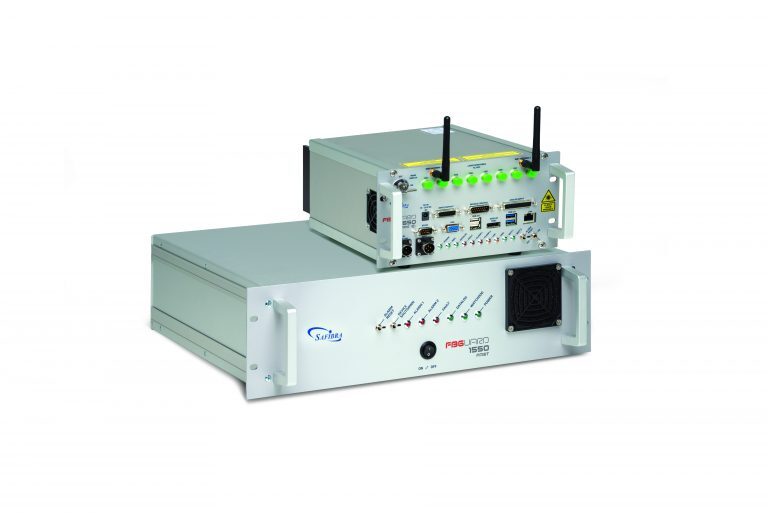
Video from realized project
Why work with us?
Our company was invited to the project thanks to its rich experience of using fiber optic aircraft sensors in composite materials for predictive maintenance in aviation. Our specialty is the development of aircraft monitoring systems and fiber optic sensors to suit the client’s needs.
FBG technology is the most suitable solution where conventional procedures fail or are not viable because of routine operation.
Our aircraft structural health monitoring systems monitor continuously and in real time, so you will receive error notifications immediately without unnecessary delays.
High durability and reliability are the characteristics of fiber optic technology.
Industry
Partners
How can we help you?
Are you considering our products and solutions, need to consult about your project with us, or would you like to establish long-term cooperation with us? Contact us. We’ll do our best to answer any questions you might have within 24 hours.
Are you in a hurry? Don’t forget to leave your phone number to speed up the communication process.




